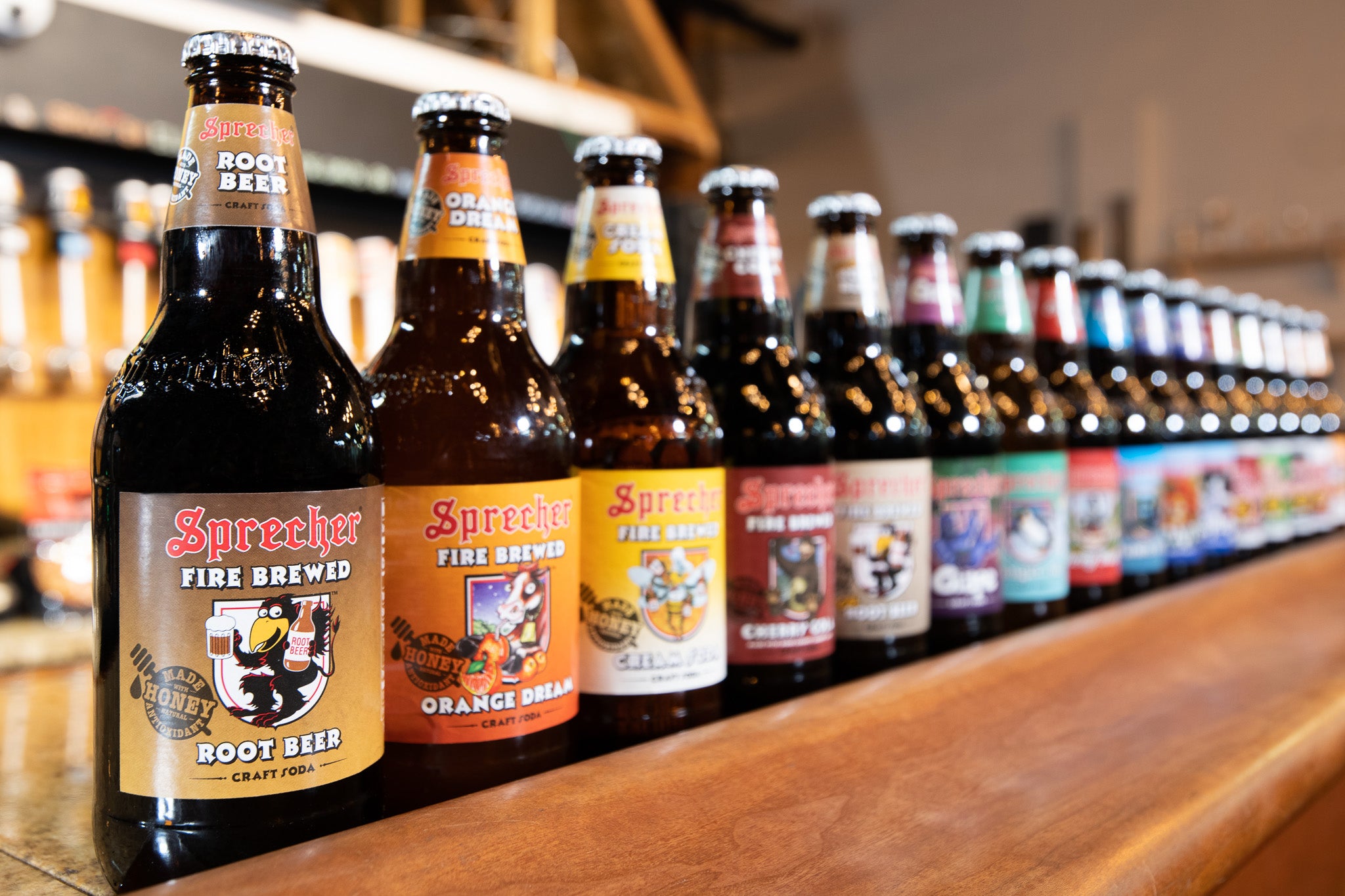Distilleries Demystified: A Full Break Down of the Manufacturing Process
In the world of spirits production, distilleries offer as the enigmatic hubs where raw components are transformed right into complex and nuanced elixirs. The process of distillation is a careful craft that intertwines creativity, practice, and science to produce the spirits we have actually come to appreciate.
Background of Distilling
Just how did the old art of distilling progress into the modern-day market we understand today? The background of distilling dates back thousands of years, with its beginnings mapped to worlds such as the Mesopotamians, Egyptians, and Greeks. These old societies utilized unrefined kinds of distillation to produce perfumes, medicines, and even alcoholic drinks. Over time, this primitive method progressed, with substantial innovations made by very early Arab alchemists throughout the Middle Ages. They pioneered the usage of distillation for the production of spirits like brandy and bourbon, preparing for the distilling methods we see today.
The distilling process proceeded to advance via the centuries, with the refinement of strategies and the introduction of brand-new innovations. The Industrial Revolution noted a significant switching factor, as advancements such as the column still transformed automation and efficiency in distilleries. This age saw the surge of famous spirits brands that have come to be house names worldwide. Today, the art of distilling has actually changed into an innovative industry, mixing tradition with advancement to fulfill the demands of a critical global market.
Resources Selection

When choosing basic materials, distillers should consider the sugar material, starch conversion capacity, and any kind of pollutants present, as these variables directly impact the fermentation and distillation processes. For instance, in scotch manufacturing, the option in between different types of grains like corn, barley, rye, or wheat will certainly result in unique taste profiles. Additionally, the high quality and freshness of the raw products can influence the effectiveness of fermentation and inevitably influence the purity and intricacy of the last spirit.
Fermentation Process
Throughout the fermentation process in distilleries, sugars from the raw materials are transformed right into alcohol by yeast through an all-natural chain reaction. This critical stage commonly takes place in large storage tanks referred to as fermenters (Galveston Liquor). Yeast, a microbe, consumes the sugars present in the raw materials such as molasses, grains, or fruits. As yeast preys on these sugars, it generates alcohol and co2 as by-products. The fermentation process is thoroughly kept track of to guarantee ideal conditions for yeast activity, such as keeping the appropriate temperature level and pH levels.
Fermentation times can vary relying on the details distillery and the sort of alcohol being generated. For instance, some fermentations may last a few days, while others can take weeks. The length of fermentation considerably affects the final flavor account of the alcohol. Once fermentation is total, the resulting liquid, known as the "clean" or "beer," is then ready to proceed to the purification phase, where alcohol focus is even more raised through the splitting up of components based look these up upon their boiling factors.
Purification Methods
Adhering to the completion of the fermentation procedure, distilleries utilize a selection of purification methods to more concentrate alcohol material and refine the flavor account of the liquid. This approach is known for generating abundant and full-bodied spirits (Distillery in Galveston).
One more widely used technique is column purification, which entails multiple distillation phases in high columns. This technique is preferred for its performance in generating high-proof alcohol and is generally utilized in generating vodka and other neutral spirits. In addition, fractional distillation is a much more refined type of column distillation that permits for specific separation of different parts based upon their boiling points, resulting in exceptionally pure spirits. Inevitably, the selection of purification method dramatically affects the features and top quality of the last spirit created.
Growth and Bottling
Upon reaching the desired level of flavor development and intricacy, distilled spirits undertake growth before being bottled for usage. Seawall Bar. Growth is an essential stage where the spirits are aged in barrels or barrels constructed from different materials like oak, which imparts distinctive tastes and characteristics to the liquid. During this duration, the spirits engage with the wood, allowing them to mellow, create new flavors, and enhance their total complexity

The duration of maturation differs depending upon the kind of spirit being generated and the desired output. Spirits such as brandy, rum, and scotch often call for years of maturation to reach their optimum taste profile. Throughout this process, ecological aspects like temperature variations can likewise affect the maturation procedure, affecting the last flavor of the spirit.
As soon as the spirits have actually matured to perfection, they are ready to be bottled. Bottling includes filtering the spirits to remove any kind of continuing to be contaminations, changing the alcohol material if needed, and finally, product packaging the fluid in containers or bottles ideal for circulation and usage. The bottling phase stands for the conclusion of the distillation process, where the thoroughly crafted spirits exist to consumers for their enjoyment.
Conclusion
Growth and bottling go to the website are essential steps in creating top quality spirits. By complying with these steps, distilleries can produce a wide array of spirits with unique tastes and features.
The procedure of purification is a meticulous craft that intertwines artistry, scientific research, and custom to produce the spirits we have come to value.The choice of raw materials is a crucial aspect of the distilling procedure, affecting the high quality and flavor profile of the final spirits generated. In addition, fractional distillation is a more refined type of column purification that enables for accurate splitting up of helpful site various components based on their boiling factors, resulting in incredibly pure spirits. Throughout this process, environmental variables like temperature fluctuations can additionally influence the growth process, affecting the final taste of the spirit.
The bottling stage stands for the culmination of the purification procedure, where the carefully crafted spirits are offered to consumers for their enjoyment.